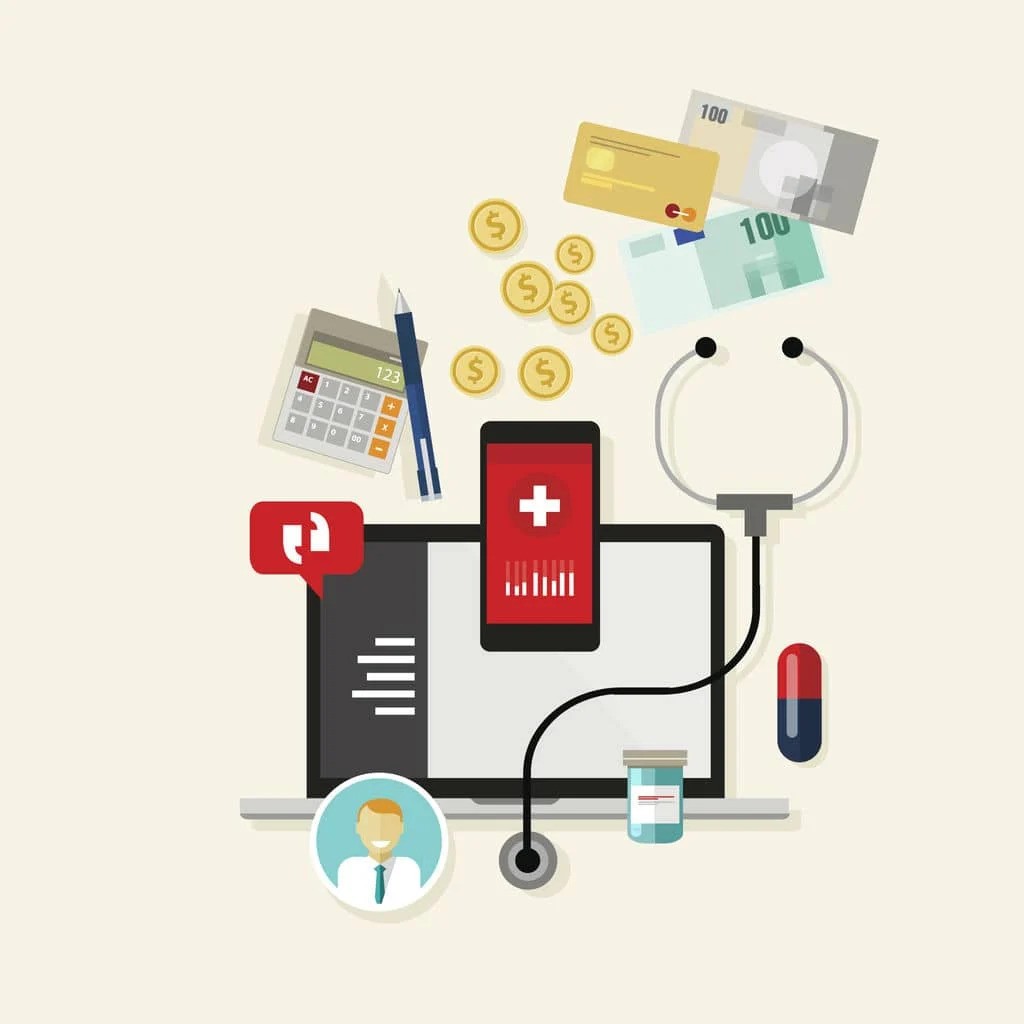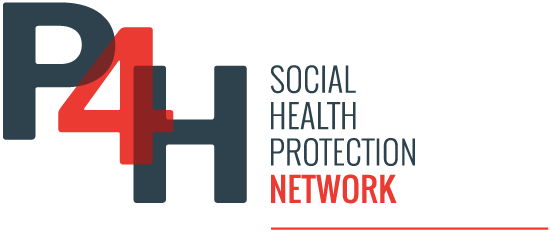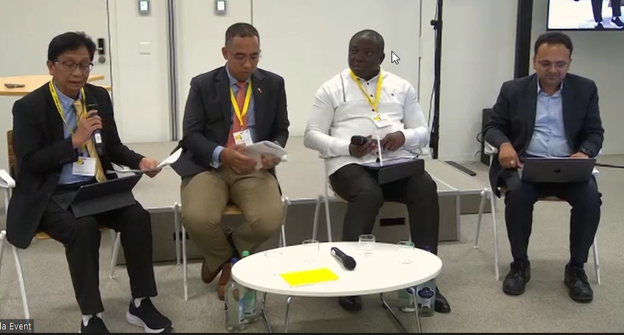Italy could save approximately €21.74 billion annually by using AI in healthcare, cutting costs by 10-15%. AI could automate up to 36% of tasks in the health and social sectors, allowing human resources to focus on higher-value activities and improving system...





